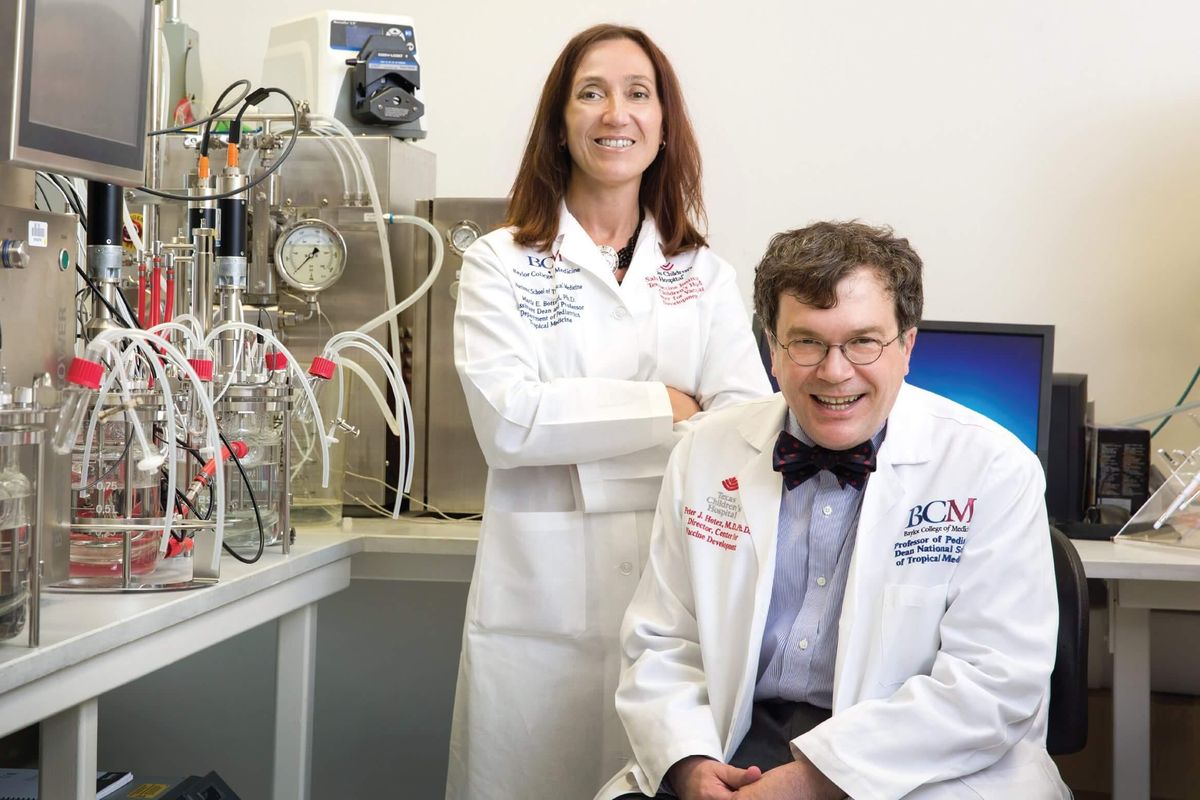Houston research: It's time to upgrade how you think about where and how consumers shop
houston voices
Back in the Paleolithic Age of online marketing — say, 15 years ago — the idea of online sales as a significant business vehicle for brands such as Target or Walmart was almost unimaginable. Shopping meant going to a store, because stores were where sales happened.
Today, people shop with their computers, via watches and phones, even through their refrigerators. Sellers market on multiple platforms, digital and traditional, including the brick and mortar store. Even the glossy catalogues that arrive in the mail still prompt sales.
Advancing technology has made it possible for consumers to shop not only across a staggering number of channels — but to do so in a constellation of ways. Say a shopper has broken down and decided to buy a wildly popular all-purpose pressure cooker. She might start off using the internet to glean product details and prescreen options. Then she might visit a retail outlet to eyeball the product herself. Finally, after mulling for days, she may impulsively whip out her phone to make the order.
But what determines these particular choices of shopping venues? Rice Business professor Utpal M. Dholakia set out to map this new landscape of consumerism. Joining Dholakia were colleagues Barbara E. Kahn of the Wharton Business School, Randy Reeves of Macy’s Department Stores, Aric Rindfleisch of the University of Wisconsin, David Stewart of the University of California at Riverside and Earl Taylor of the Marketing Science Institute.
Consumer behavior, the researchers knew, is too complex — too all-over-the-map — to develop any sort of quantum marketing theory to explain it. So while interested in answers, the team aimed instead to frame useful questions. Their goal was to bring attention to the multi-channel retailing environment, creating a comprehensive but flexible way to investigate how shoppers navigate the intricate modern marketplace.
More specifically, Dholakia’s team wanted to learn exactly what consumers are finding. What do they do while using various internet and other tools to shop? When do different types of shoppers grab their devices and buy? What obstacles crop up as shoppers wend their ways through this maze of venues? Finally, the researchers wanted to map the vast scope of research issues surrounding this customer behavior.
It was fairly simple to answer the first question: Why do we use such diverse shopping tactics? Usually, it’s about getting the best deal. Some people, however, take their shopping seriously, savoring the idea that they are approaching their task both thoughtfully and thoroughly. Others get a genuine thrill out of the social experience of being part of a community, or from experimenting with different products and ways to buy them. And some shoppers head straight to a certain website or media source because they expect a specific price tag.
Many consumers, Dholakia and his co-researchers found, constantly change the means they use to shop. In one survey of 337 multichannel shoppers, for example, the researchers found that 52 percent reported migrating back and forth from offline to online channels across four product categories including books, airline tickets, stereo systems and wine. This hopscotching from brick and mortar to catalogues, to online and back, could be predicted by certain factors including price, the product they were looking for, how they evaluated the product and even waiting time.
The researchers also found that each type of shopper uses channels differently. Penny-pinchers don’t care where they buy, as long as the price is right. Generalists shop online or in the store because of the overall shopping experience. Traditionalists shun new ways of shopping, and multichannel enthusiasts happily bounce between stores, the internet and catalogues. Finally, the hard-core, store-focused customers will only shop in a place with doors and shelves.
To add a layer of complication, some don’t use channels to shop at all. They just want information. These are the shoppers who pop into to a store to test drive a phone before they buy it online. They study the pressure cooker in a catalogue before they go to the store.
And even within all the online options, there are innumerable detours to explore. Say you want a Nikon camera. You might go to an enthusiasts’ page such as Nikonians.org before you decide which model to buy, whether it’s online or at the local camera shop. Your friendly chat with the guy who owns the local camera store may now turn into a real-time virtual chat with a company representative.
The new marketplace, in other words, has become a dizzying landscape. Shoppers, clearly, have risen to the challenge. Nevertheless, it’s in the interests of sellers and buyers both to understand more deeply not only why we buy what we buy — but where.
------
This article originally ran on Rice Business Wisdom and is based on research from Utpal M. Dholakia, the George R. Brown Professor of Marketing at Jones Graduate School of Business at Rice University.




















